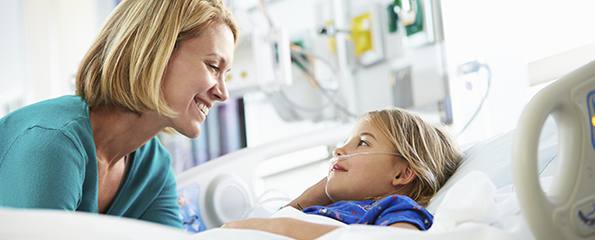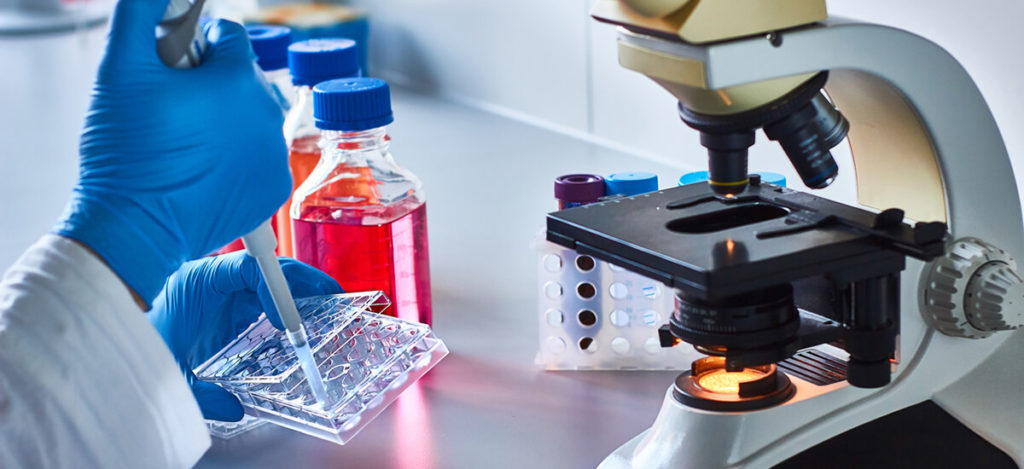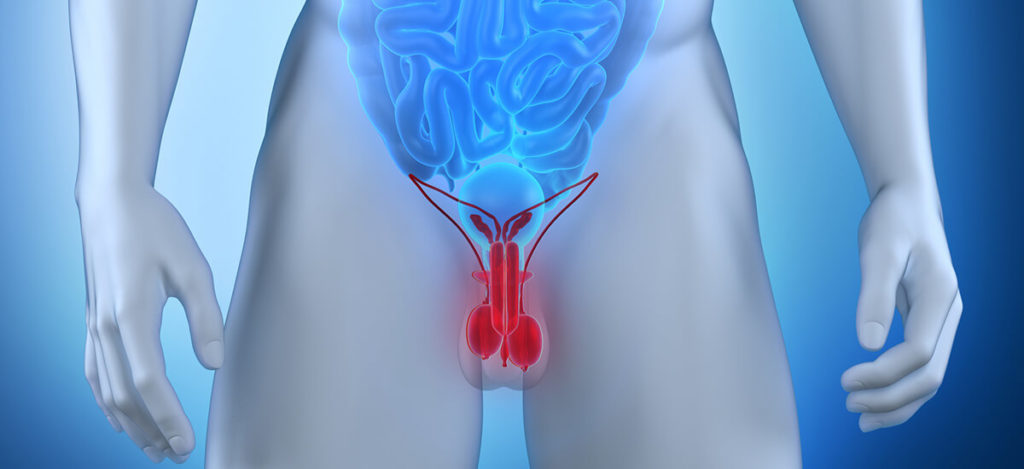RATIONALE: Drugs used in chemotherapy use different ways to stop tumor cells from dividing so they stop growing or die.
Official Title
Phase II Study of Irinotecan in Children With Refractory CNS or Solid Tumors
Conditions
Condition: – Ewing’s family of tumors- childhood brain tumor- childhood rhabdomyosarcoma- childhood solid tumor- Neuroblastoma- Osteosarcoma
Study Type
Interventional
Study Design
Treatment
Further Details
PURPOSE: Phase II trial to study the effectiveness of irinotecan in treating children who have refractory solid tumors.OBJECTIVES:Determine the efficacy of irinotecan in children with refractory CNS or solid tumors. Assess the toxicity, pharmacokinetics, and pharmacodynamics of this regimen in this patient population. Determine patient UGT1A1 genotype and correlate genotype with toxicity and pharmacokinetic parameters of this regimen in these patients. OUTLINE: Patients are stratified according to type of solid tumor (Ewings/PNET vs neuroblastoma vs osteosarcoma vs rhabdomyosarcoma vs other solid tumors excluding lymphomas and brain tumors) or brain tumor (medulloblastoma/PNET vs brain stem glioma vs ependymoma vs other CNS tumors). Patients receive irinotecan IV over 60 minutes on days 1-5. Treatment repeats every 3 weeks for at least 2 courses in the absence of disease progression or unacceptable toxicity. Patients are followed every 6 months for 4 years and then annually thereafter until death or until patient enters another POG study. PROJECTED ACCRUAL: A total of 225 patients will be accrued for this study.
Study Start
Eligibility & Criteria
Ages Eligible for Study: 1 Year – 21 Years, Genders Eligible for Study: Both Criteria DISEASE CHARACTERISTICS:Histologically or cytologically confirmed CNS or solid tumors recurrent or refractory to standard therapy Solid tumors: Neuroblastoma Ewing’s Sarcoma/peripheral primitive neuroectodermal tumor (PNET) Osteosarcoma Rhabdomyosarcoma Other extracranial solid tumors CNS tumors: Medulloblastoma/PNET Ependymoma Brain stem glioma Other CNS tumor Intrinsic brain stem tumor (biopsy required only if previously treated with radiosurgery) Classic optic glioma (histologic requirement waived) Measurable disease by imaging studies No lesions assessable only by radionuclide scan Previously irradiated lesions used to evaluate tumor response must show evidence of an interim increase in size PATIENT CHARACTERISTICS: Age:1 to 21 Performance status:Karnofsky 50-100% if more than 10 years old OR Lansky 50-100% if 10 years or younger Life expectancy:At least 8 weeks Hematopoietic:Absolute neutrophil count greater than 1,000/mm^3 Platelet count greater than 100,000/mm^3 Hemoglobin greater than 8 mg/dL Inadequate peripheral blood counts due to bone marrow infiltration allowed Hepatic:Bilirubin no greater than 1.5 mg/dL SGPT less than 5 times normal Renal:Creatinine normal Glomerular filtration rate at least 70 mL/min Other:No severe uncontrolled infection Not pregnant or nursing Negative pregnancy test Fertile patients must use effective contraception during and for 6 months after study PRIOR CONCURRENT THERAPY: Biologic therapy:At least 3 weeks since prior immunotherapy and recovered No concurrent biologic therapy Chemotherapy:At least 3 weeks since prior chemotherapy (8 weeks since prior nitrosoureas) and recovered No more than 2 prior chemotherapy regimens No other concurrent chemotherapy Prior topotecan allowed No prior irinotecan Endocrine therapy:Concurrent dexamethasone for brain tumor patients allowed if on a stable or decreasing dose for at least 2 weeks prior to study At least 3 weeks since prior endocrine therapy No other concurrent endocrine therapy Radiotherapy:See Disease Characteristics At least 8 weeks since prior extended radiotherapy (including evaluable lesions) and recovered No prior total body radiotherapy No concurrent radiotherapy Surgery:See Disease Characteristics Other:At least 3 weeks since prior investigational agents No other concurrent investigational agents No concurrent anticonvulsants No concurrent medications that would interfere with the P-450 enzyme system function (e.g., erythromycin, cimetidine, fluconazole)
Total Enrolment
Contact Details
Australia, New South Wales Children’s Hospital at Westmead, Westmead, New South Wales, 2145, Australia; Recruiting Geoffrey McCowage, MD 61-2-984-52122 Sydney Children’s Hospital, Randwick, New South Wales, 2031, Australia; Recruiting Glenn Marshall, MD, MBBS 61-2-9382-1721 g.marshall@unsw.edu.au Australia, Queensland Royal Children’s Hospital, Brisbane, Queensland, 4029, Australia; Recruiting Liane Lockwood, MBBS, FRACP 617-363-61356 liane_lockwood@health.gld.gov.au Australia, South Australia Women’s and Children’s Hospital, North Adelaide, South Australia, 5006, Australia; Recruiting Maria Louis Kirby, MBBS, FRACP 61-8-8161-7411 kirbym@mail.wch.sa.gov.au Australia, Victoria Royal Children’s Hospital, Parkville, Victoria, 3052, Australia; Recruiting David Ashley, MBBS, FRACP, PhD 61-39-345-5522 Australia, Western Australia Princess Margaret Hospital for Children, Perth, Western Australia, 6006, Australia; Recruiting Marianne Phillips, MD 61-89-340-8222 marianne.phillips@health.wa.gov.au
All content and media on the HealthEngine Blog is created and published online for informational purposes only. It is not intended to be a substitute for professional medical advice and should not be relied on as health or personal advice. Always seek the guidance of your doctor or other qualified health professional with any questions you may have regarding your health or a medical condition. Never disregard the advice of a medical professional, or delay in seeking it because of something you have read on this Website. If you think you may have a medical emergency, call your doctor, go to the nearest hospital emergency department, or call the emergency services immediately.







